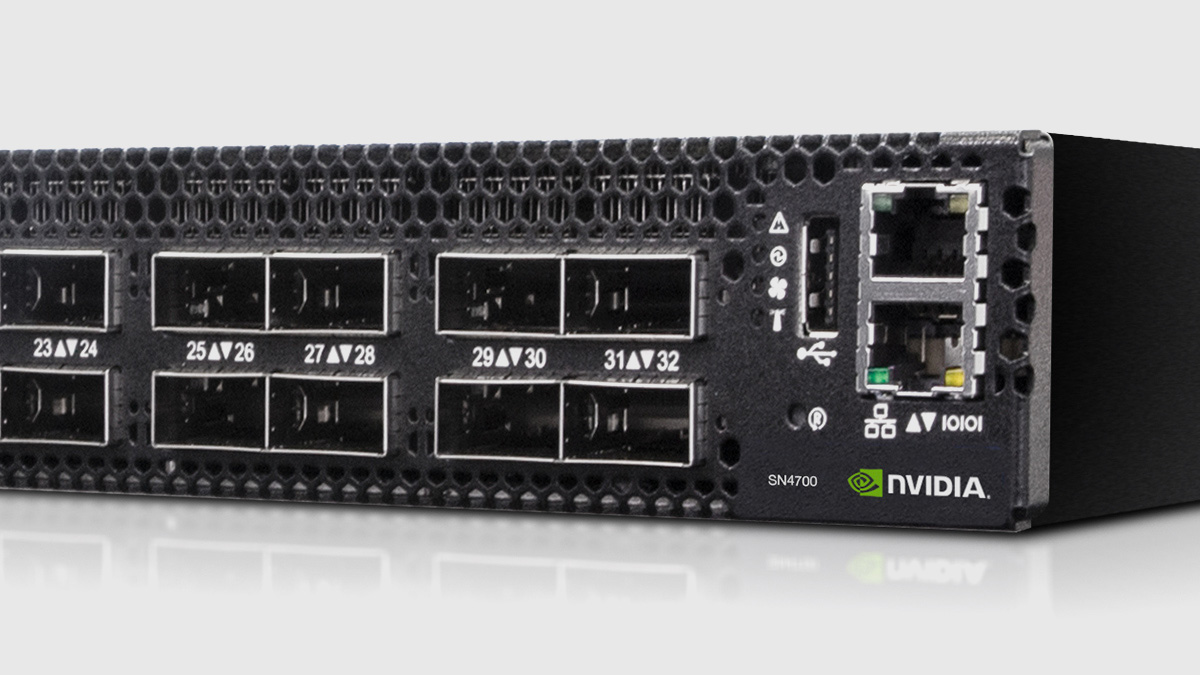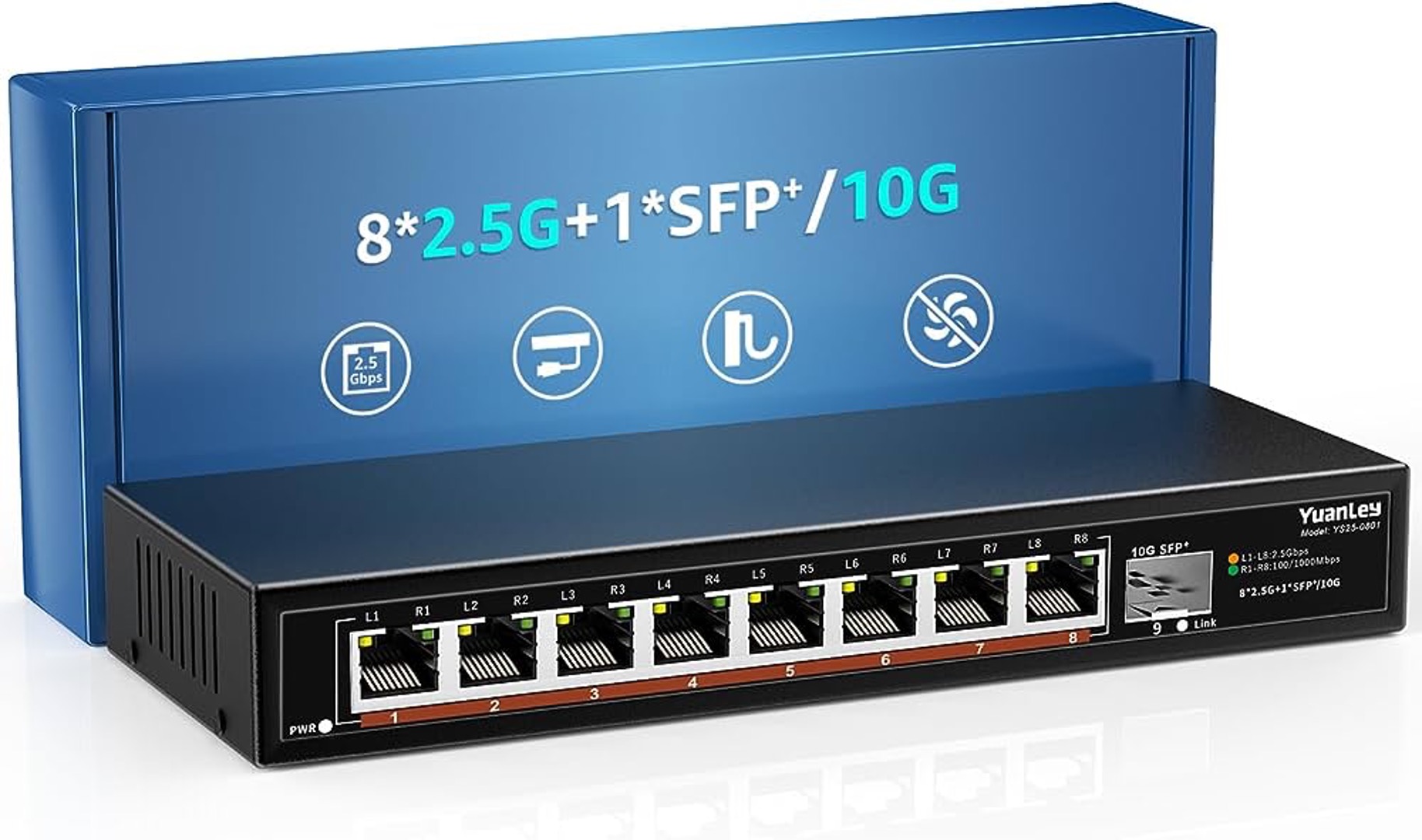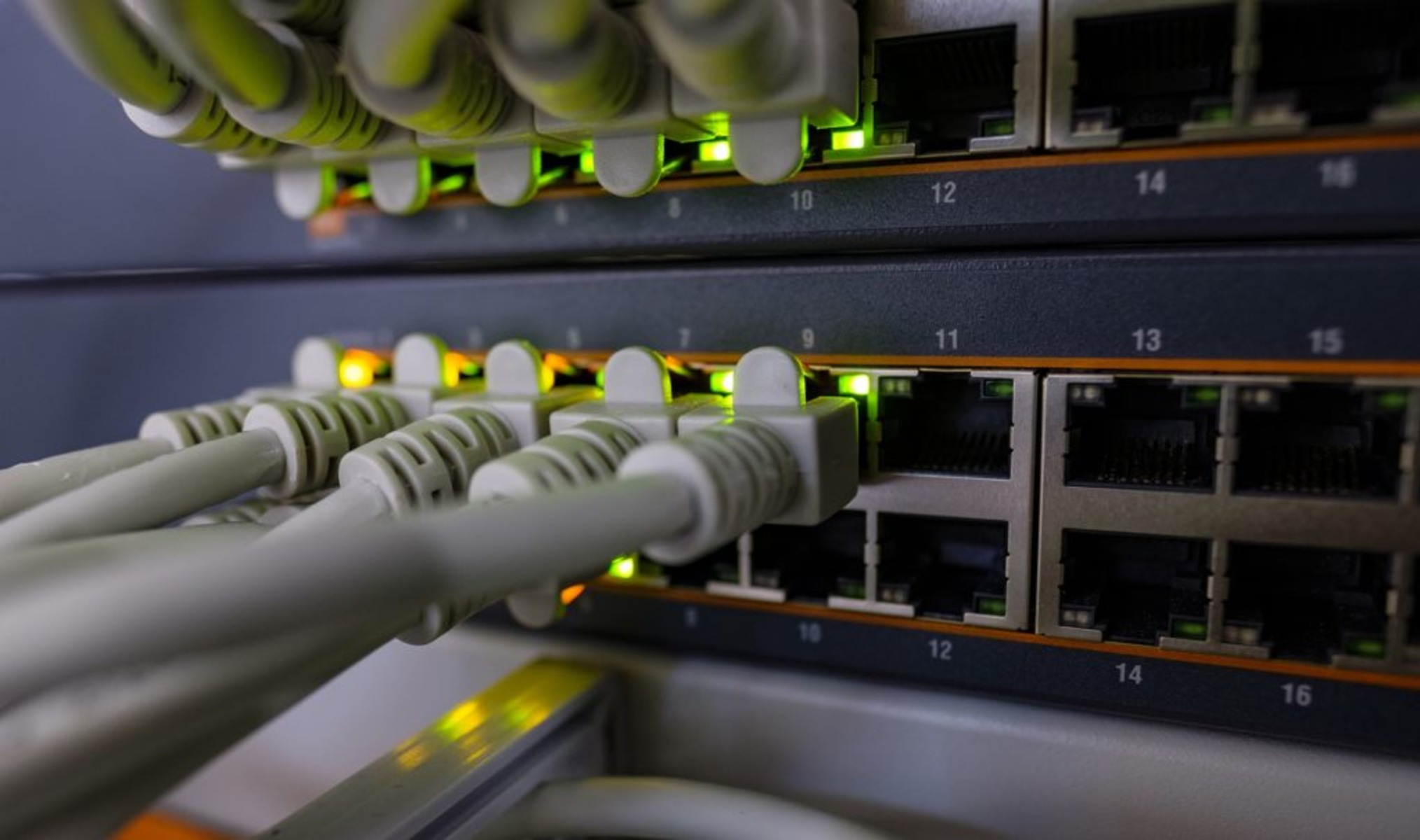Introduction
Welcome to the world of network switches, where data flows like a bustling metropolis. In this digital landscape, ensuring smooth and efficient data transmission is vital for maintaining seamless communication and connectivity. At the heart of this operation lies a crucial component known as the network switch buffer.
Network switch buffers play a fundamental role in managing and regulating the flow of data within a network. Just as a traffic buffer helps control the movement of vehicles on a busy road, a network switch buffer serves as a temporary storage area for data packets, preventing congestion and ensuring a steady flow of information.
Understanding the intricacies of network switch buffers is essential for anyone navigating the realm of networking. Whether you're a seasoned IT professional or an inquisitive enthusiast, delving into the workings of these buffers can shed light on the inner mechanisms of data transfer and network optimization.
In this article, we will embark on a journey to unravel the mysteries of network switch buffers, exploring their functionality, significance, and various types. By the end of our exploration, you will have gained a comprehensive understanding of these pivotal components and their indispensable role in the realm of networking. So, let's embark on this enlightening expedition and uncover the secrets of network switch buffers.
What Is a Network Switch Buffer?
A network switch buffer is a crucial element within a network switch that temporarily stores data packets during the process of transmission. Think of it as a holding area where data packets wait before being forwarded to their respective destinations. This temporary storage prevents data congestion and ensures a smooth flow of information within the network.
When data packets arrive at a network switch, they need to be processed and forwarded to their intended recipients. However, if the outgoing port is busy or the destination device is temporarily unavailable, the data packets must wait. This is where the network switch buffer comes into play, providing a temporary resting place for these packets until they can be efficiently forwarded.
Network switch buffers come in various sizes, often measured in megabytes or gigabytes, depending on the specific switch model. The buffer size determines the amount of data that can be held temporarily, impacting the switch’s ability to handle bursts of traffic without causing congestion or packet loss.
Furthermore, network switch buffers are designed to prioritize and manage the flow of data, ensuring that critical packets are given precedence over less time-sensitive ones. This prioritization is crucial for maintaining the quality of service and optimizing network performance.
As the digital landscape continues to evolve, the role of network switch buffers becomes increasingly vital. With the growing demand for high-speed data transmission and seamless connectivity, the efficient management of data packets through network switch buffers is essential for ensuring a reliable and responsive network infrastructure.
How Does a Network Switch Buffer Work?
Network switch buffers operate as temporary storage areas for incoming data packets, effectively managing the flow of information within a network. When a data packet arrives at a network switch, it undergoes a process of inspection and analysis to determine the most efficient route for forwarding. If the outgoing port is busy or the destination device is not immediately available, the data packet is placed in the switch’s buffer, awaiting its turn for transmission.
Once the network switch determines that the appropriate conditions for transmission are met, the data packets are retrieved from the buffer and forwarded to their intended destinations. This retrieval process is governed by sophisticated algorithms that prioritize the transmission of critical data packets, ensuring that time-sensitive information is promptly delivered.
Network switch buffers are designed to handle bursts of traffic and prevent congestion, thereby maintaining the smooth and uninterrupted flow of data. When network traffic exceeds the capacity of the outgoing ports, the buffers temporarily store the excess data packets, preventing them from being lost or discarded due to congestion.
Furthermore, modern network switches often employ advanced buffer management techniques to optimize the utilization of buffer space. These techniques include dynamic buffer allocation, where the buffer space is dynamically allocated based on traffic patterns and demand, as well as intelligent queue management to prioritize and expedite the transmission of critical data packets.
In essence, network switch buffers serve as a critical mechanism for regulating the flow of data within a network, ensuring that data packets are transmitted efficiently and reliably. By providing a temporary storage solution and implementing intelligent management strategies, network switch buffers play a pivotal role in maintaining the integrity and performance of network communication.
Importance of Network Switch Buffers
The significance of network switch buffers cannot be overstated in the realm of networking. These essential components play a pivotal role in ensuring the efficient and reliable transmission of data within a network infrastructure. Let’s delve into the key reasons why network switch buffers are of paramount importance:
- Preventing Congestion: Network switch buffers act as a vital line of defense against data congestion. By temporarily storing incoming data packets during periods of high traffic, the buffers prevent congestion and the subsequent loss of data, ensuring a smooth and uninterrupted flow of information.
- Managing Bursty Traffic: In dynamic network environments where bursts of data traffic are common, network switch buffers provide a buffer zone to accommodate sudden spikes in data transmission. This capability is crucial for maintaining network stability and preventing packet loss during peak usage periods.
- Ensuring Quality of Service: Network switch buffers enable the prioritization of critical data packets, ensuring that time-sensitive information, such as voice and video data, is transmitted without delay. This prioritization contributes to the overall quality of service within the network, enhancing the user experience and maintaining optimal performance.
- Optimizing Network Performance: By effectively managing the flow of data, network switch buffers contribute to the overall optimization of network performance. They help regulate the transmission of data packets, minimize latency, and mitigate the impact of network congestion, thereby enhancing the efficiency and responsiveness of the network infrastructure.
- Enhancing Reliability: The presence of network switch buffers enhances the reliability of data transmission by providing a safety net for incoming data packets. This safeguard ensures that data is not lost due to temporary network fluctuations or congestion, contributing to the overall reliability and resilience of the network.
As networks continue to evolve and handle increasingly complex and diverse forms of data, the importance of network switch buffers becomes even more pronounced. These buffers serve as indispensable guardians of data integrity and network performance, playing a critical role in maintaining the smooth operation of modern network infrastructures.
Types of Network Switch Buffers
Network switch buffers come in various types, each designed to address specific requirements and optimize the management of data traffic within a network. Understanding the different types of network switch buffers provides insight into the diverse approaches employed to regulate data flow. Let’s explore some common types of network switch buffers:
- Shared Buffers: In shared buffer architectures, multiple ports or interfaces within the network switch share a common buffer pool. This approach allows for flexible allocation of buffer space based on demand, enabling efficient utilization of resources across the switch.
- Distributed Buffers: Distributed buffer designs allocate dedicated buffer space to individual ports or interfaces, providing localized storage for incoming data packets. This type of buffer architecture can enhance the isolation of traffic and reduce contention for buffer resources.
- Dynamic Buffers: Dynamic buffer management techniques dynamically allocate buffer space based on traffic patterns and demand. By adapting buffer allocation in real time, dynamic buffers optimize the utilization of buffer resources to accommodate varying levels of data traffic.
- Elastic Buffers: Elastic buffers are designed to expand or contract their storage capacity based on network conditions and traffic load. This elasticity allows the buffers to adapt to fluctuating data volumes, ensuring efficient storage and management of data packets.
- Priority Queues: Some network switch buffers implement priority queuing, where data packets are stored in separate queues based on their priority levels. This approach ensures that time-sensitive packets, such as voice or video data, are transmitted with minimal delay, enhancing the quality of service within the network.
Each type of network switch buffer offers unique advantages and is tailored to specific networking scenarios. The selection of buffer types depends on factors such as network architecture, traffic patterns, and performance requirements. By leveraging diverse buffer architectures, network administrators can optimize data flow, enhance network responsiveness, and ensure the efficient transmission of critical data within the network infrastructure.
Conclusion
In the intricate web of network communication, the role of network switch buffers emerges as a critical linchpin for managing the flow of data. These dynamic components serve as guardians of data integrity, preventing congestion, and optimizing the transmission of information within network infrastructures.
As we’ve journeyed through the realm of network switch buffers, we’ve uncovered their fundamental importance in maintaining network stability, managing bursts of traffic, and prioritizing critical data packets. From shared buffers to dynamic and elastic buffer architectures, the diverse types of network switch buffers offer tailored solutions to address the evolving demands of modern networking environments.
Understanding the inner workings of network switch buffers empowers network administrators and IT professionals to optimize network performance, enhance reliability, and deliver a seamless user experience. The strategic deployment of network switch buffers aligns with the ever-growing need for efficient data transmission and responsive network infrastructures.
As technology continues to advance and networks evolve to accommodate diverse forms of data, the role of network switch buffers will remain pivotal in ensuring the smooth and uninterrupted flow of information. By embracing the nuances of network switch buffers, organizations can fortify their network infrastructures, elevate the quality of service, and meet the demands of an increasingly interconnected digital landscape.
In essence, network switch buffers stand as stalwart guardians of network efficiency, embodying the delicate balance between data storage, traffic management, and the seamless transmission of information across the digital highways of modern connectivity.

























